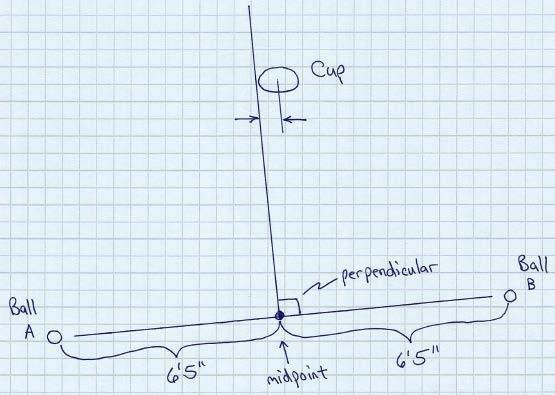Golf Swing Analysis: Decoding the Geometry and Kinematics Behind a Perfect Shot
Understanding the mechanics of a golf swing involves delving deep into the realms of geometry and kinematics. By unpacking the complex interplay between motion, club position, and body alignment, we can gain valuable insights into what it takes to achieve the perfect shot on the green. In this article, we will explore the key elements that govern a successful golf swing, focusing on the intricate relationship between geometry and kinematics.
The foundation of a golf swing lies in the geometric principles that dictate the path of the clubhead as it moves through different stages of the swing. The swing plane, which refers to the imaginary plane along which the club travels during the swing, plays a crucial role in determining the trajectory and accuracy of the shot. Achieving the optimal swing plane requires precise control over the club’s position and alignment, which in turn are influenced by factors such as grip, stance, and body posture.
Furthermore, the geometry of a golf swing is intricately linked to the concept of swing path, which describes the arc traced by the clubhead from the top of the backswing to the point of impact. The swing path not only affects the direction in which the ball travels but also determines the amount of spin and distance it generates. By analyzing the geometric properties of the swing path, golfers can fine-tune their technique to achieve consistent and powerful shots.
In addition to geometry, kinematics plays a critical role in shaping the dynamics of a golf swing. Kinematics, which deals with the motion of objects without considering the forces that cause the motion, provides valuable insights into the speed, acceleration, and timing of the club throughout the swing. By studying the kinematic patterns of elite golfers, researchers have identified key parameters such as clubhead speed, wrist angle, and body rotation that contribute to a successful swing.
One of the key kinematic principles that govern a powerful golf swing is the concept of sequential motion, which refers to the coordinated sequence of movements that initiate and drive the swing. Proper sequencing of body segments, starting from the lower body and moving up through the torso, arms, and hands, is essential for generating maximum clubhead speed and transferring energy efficiently to the ball. By mastering the timing and synchronization of these movements, golfers can optimize their swing mechanics and improve their overall performance on the course.
Ultimately, the art of a perfect golf swing lies in the harmonious integration of geometry and kinematics. By understanding how these fundamental principles interact and influence each other, golfers can elevate their game to new heights and unlock their full potential on the green. Whether you are a beginner looking to refine your technique or a seasoned pro aiming for the perfect shot, mastering the intricate relationship between geometry and kinematics is the key to achieving success in the timeless sport of golf.
